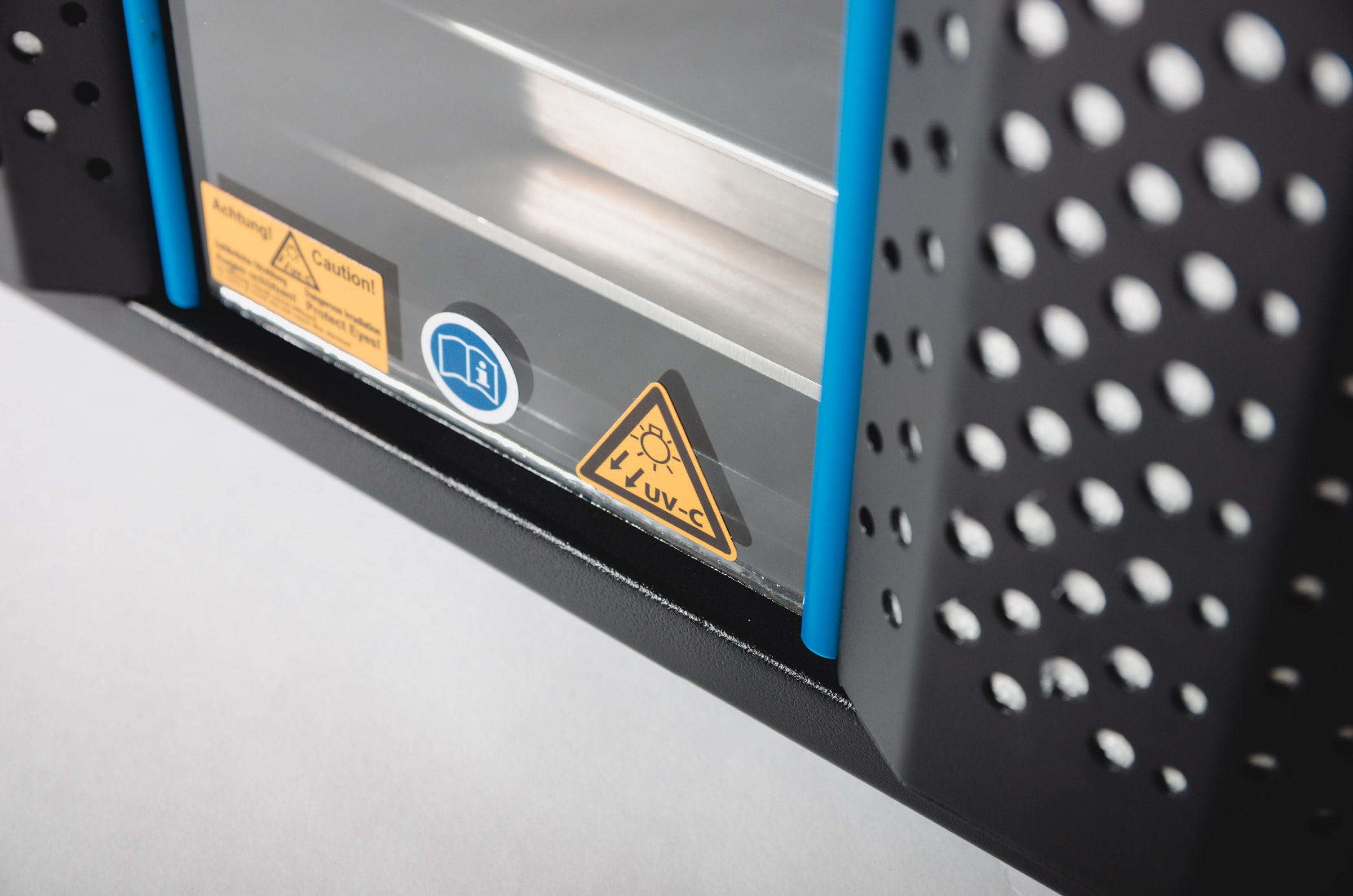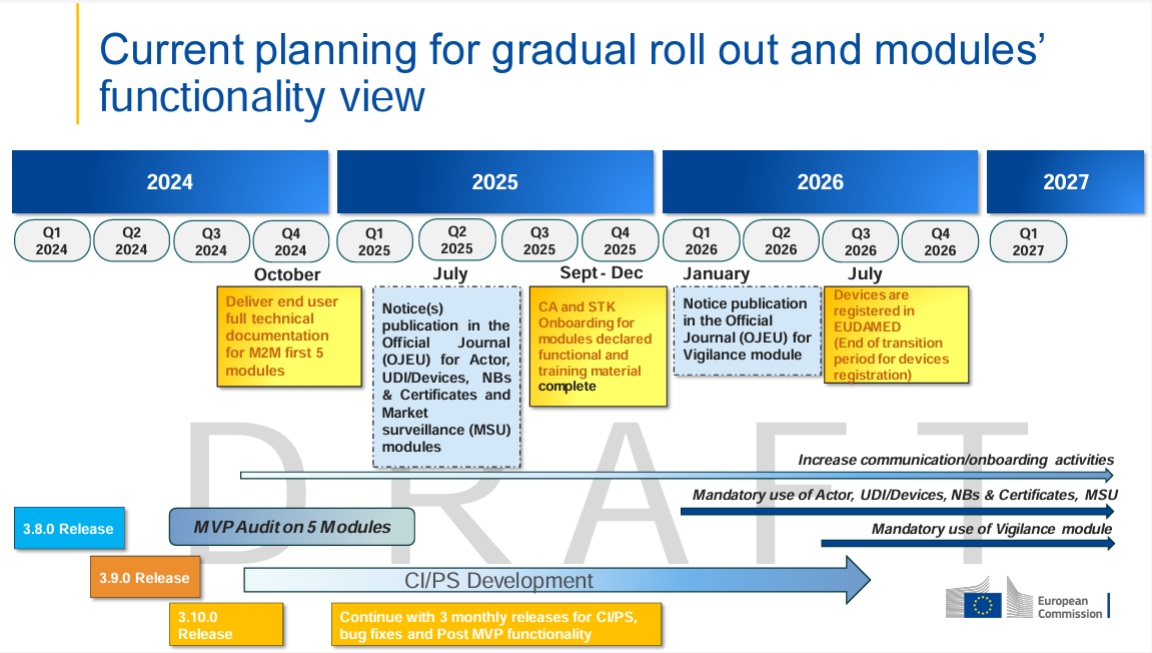
Critical warnings: Essential aspects and their significance
The evolving world of medical devices is subject to complex regulations designed to ensure the safety and effectiveness of healthcare products. With the introduction of Unique Device Identification (UDI), medical device (MedTech) manufacturers are required to provide authorities such as the FDA or EUDAMED with a wide range of information about their products. The “Critical Warnings” form an integral part of these UDI regulations for medical devices, as they must be included in the information provided on the label.
Critical warnings may include information about potential risks, safety concerns, directions for use, or other important details that patients and regulators need to know related to a specific medical device. Typically, these are urgent communications that indicate significant nonconformities. An example is information about possible allergic reactions, contraindications, precautions or other relevant safety issues.
Example : “explosive in case of dryness” “toxic in case of eye contact” etc.
Medical Device Regulation 2017/745 defines it as follows:
“Warnings or precautions to be taken that must be communicated immediately to the user of the product or to other persons. This information may be kept to a minimum, but will then be set out in more detail in the instructions for use, taking into account the intended users “
Guideline for filling in critical warnings in EUDAMED
When filling in the critical warnings in EUDAMED, the following points must be observed:
It is important to identify the nature and type of the warning. Is it a use scenario, a potential side effect, etc.?
The elements such as the circumstances in which the warning is relevant, the possible consequences, and the recommended actions should be easy to understand.
The Critical Warning is one of the data elements for which any change requires a new UDI assignment (Medical Devices Regulation 2017/745, Annex VI, 3.9).
In the case where your Critical Warning is in the drop-down menus, (i.e. already provided by EUDAMED), it is not necessary to add another language than English. The system does this automatically with the internal code provided by EUDAMED already translated into all languages. If the selected type of critical warning is the “Other” option, product manufacturers must enter the description on their own. The description and warning should be provided in both English and the languages of the countries where the product is made available (MDCG 2018-7).
The manufacturer is responsible for providing accurate and up-to-date critical warnings for its products. This data element is extremely significant and should not be underestimated when writing the UDI records.
We have prepared a video that shows you exactly how to add critical warnings to EUDAMED.









Related Posts